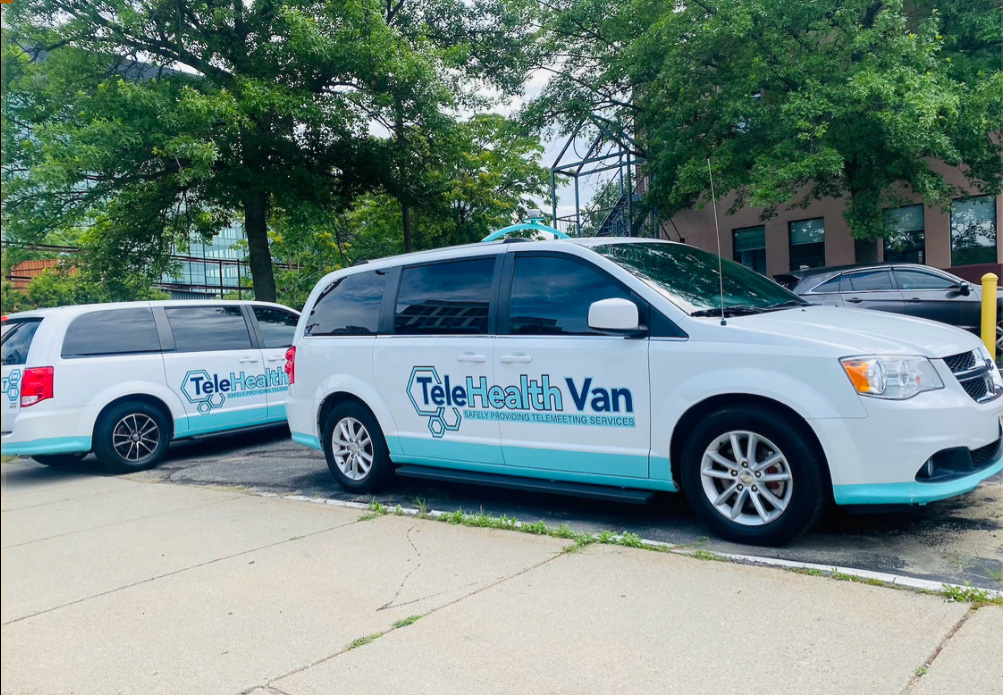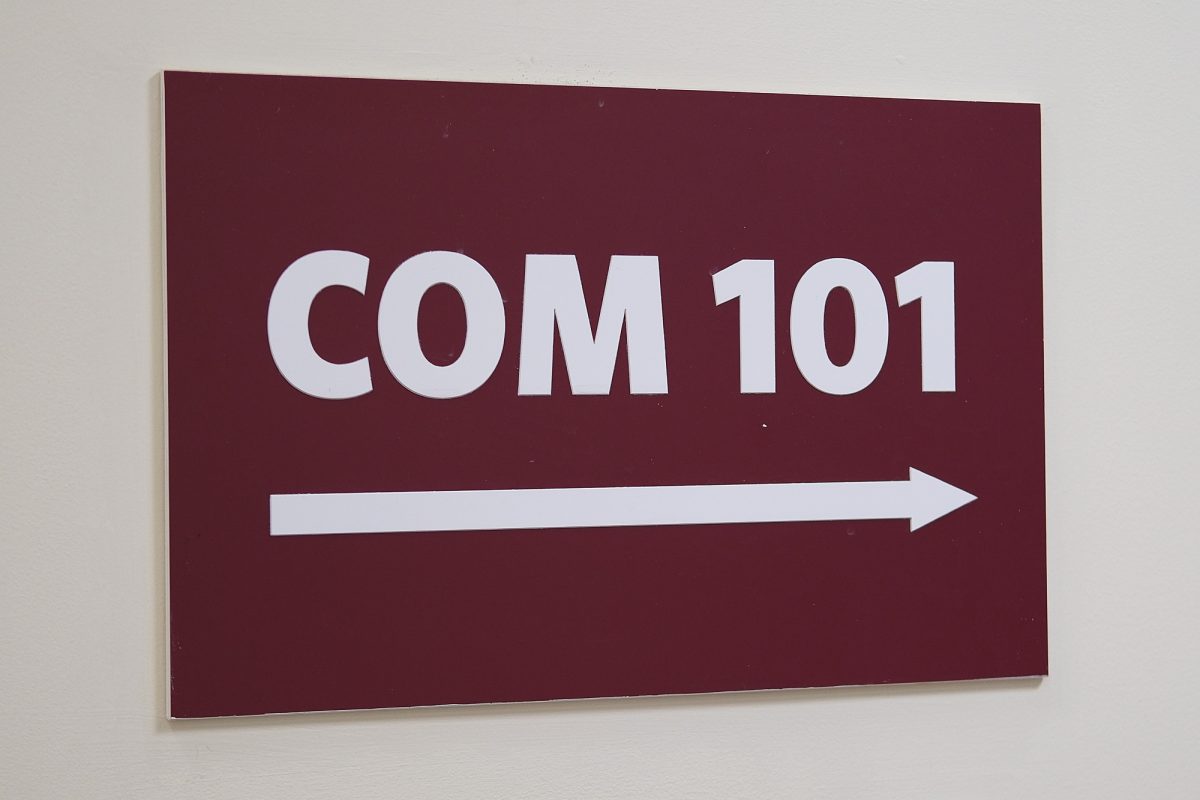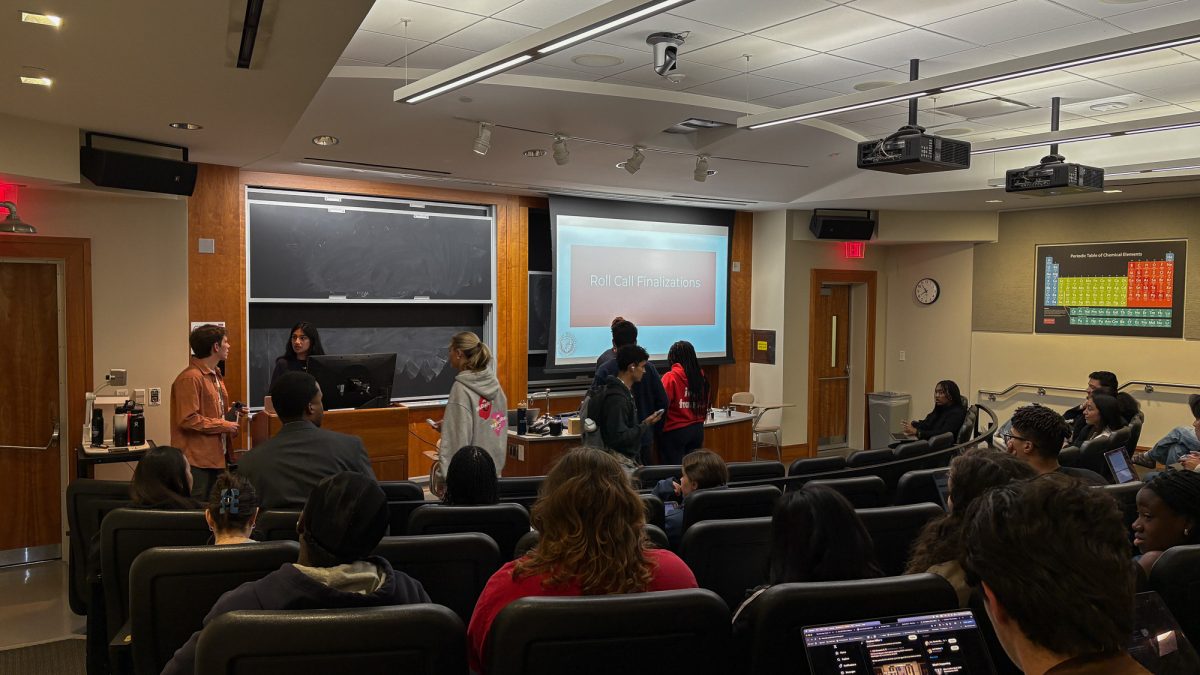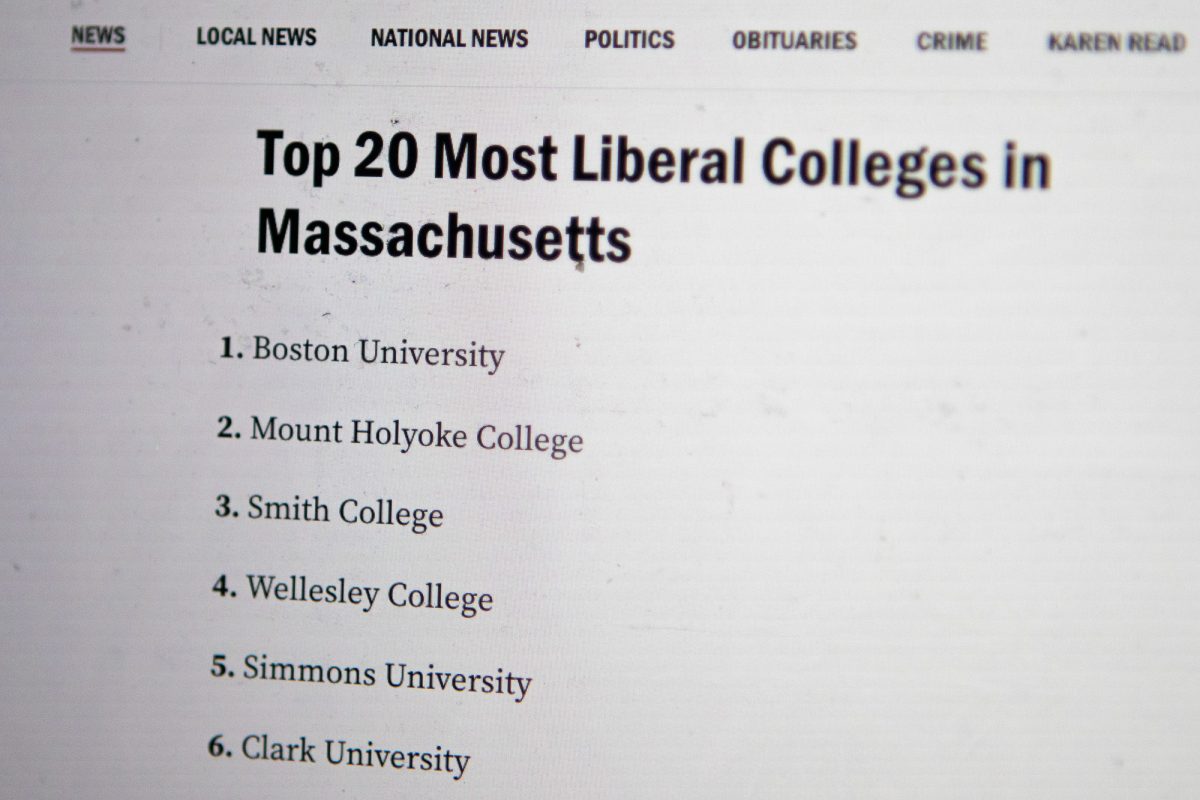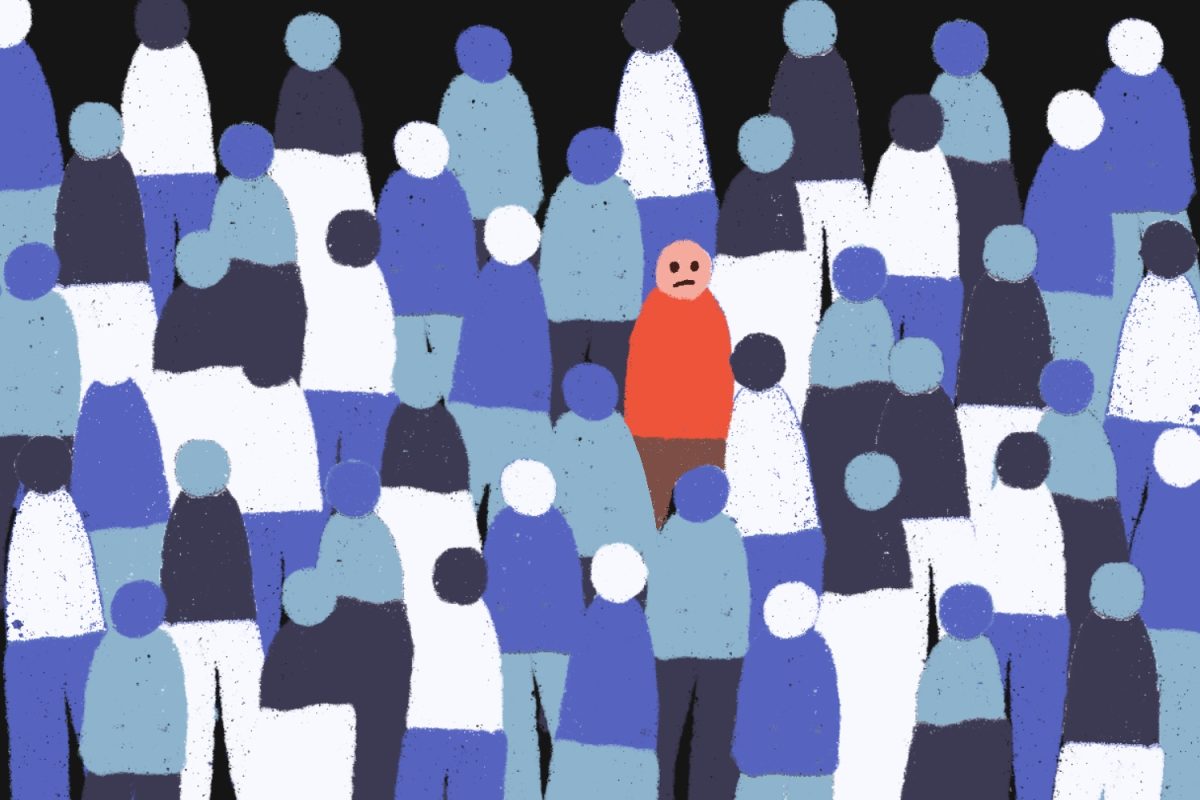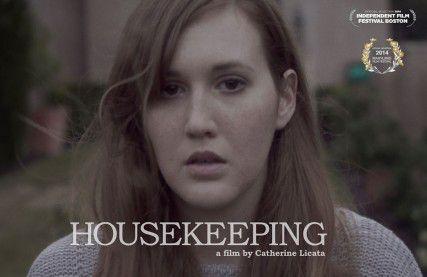At the Society for Neuroscience Conference in New Orleans in October, a research team from the Belgian National Fund for Research revealed that their new work is the first of its kind to be able to tell the two states apart in patients.
Melanie Boly, a post-doctoral fellow who is leading this research, told Nature News that this was prompted by a desire to gain more objectivity in a medical field with a lot of uncertainty.
“We really need to find a way to be able to measure consciousness reliably,” she said in Nature.
Students said this new step is a step forward.
“It’s great scientists keep finding new ways to improve the assessment of people in non-responsive states,” Casey Cirillo, a freshman in the College of Arts and Sciences, said.
Measuring consciousness is difficult work, especially for patients who are not in healthy, awake states, but are either locked in, vegetative or minimally conscious, according the article. These states are often due to brain trauma or a result of major cardiac arrest.
Locked-in patients appear to be fully capable of similar brain functions as otherwise healthy and awake individuals, though they are incapable of responding physically or able to move, the study said.
Vegetative patients, although alive, only respond with reflexive movements and do not seem to have sensitivity to their surroundings. Meanwhile, minimally conscious patients feel pain and other sensations and can make purposeful, non-reflexive body responses.
This new research, according to Nature, is novel in the sense that is a great improvement upon previous attempts to quantify consciousness. In the past, it was demonstrated through similar brain wave analyzing techniques that the people in vegetative states and people in minimally conscious states respond to sound differently. However, this was limited in the sense that it worked best analyzing certain trends and could be used only with groups of people. There was little reliability or accuracy for individual patients. The new test was extensive enough to be able to tell different states of consciousness apart in individual patents.
The test comprised of sending a brief electromagnetic shock through the test subjects’ heads and measured neural responses via electrodes attached to that region, the study explained. The test subjects were divided into different groups based on their medically diagnosed state of consciousness. These groups consisted of those who were healthy and awake, healthy and sleeping, healthy and under general anesthesia, locked-in, minimally conscious and vegetative. As hypothesized, there were similar trends among people in the same group and there were similar differences between people of the distinct groups.
In 32 healthy and awake subjects, the shock to their head resulted in eliciting complex electrical activities from their brains. Locked-in patients, or those who are otherwise fully conscious, but cannot communicate or move, had similar responses, the study said.
Those in minimally conscious states produced less complex responses in their brains and they tended to be centralized in one general location. By contrast, the healthy, but sleeping test subjects and those under general anesthesia had even simpler, shorter responses in their brains. Diagnosed vegetative patients elicited responses very similar to those of sleeping or anesthetized subjects.
Melanie Boly and her team said they see the widespread implications of her team’s work.
“For the family, this changes everything,” said Boly to Nature, who was also a presenter of this work at the Society for Neuroscience Conference.
The implications and effects of this innovation take on forms in many fields. For example, since the since the test can differentiate between individual patients, it may be useful as a clinical measure as well as a scientific measure.
Though this is a big endeavor in the scientific community, not all scientists are ready to put their faith in it just yet.
“It’s not going to supplant a clinical assessment,” said neurologist Nicholas Schiff of the Weill Cornell Medical College to Nature.
Still, some people said the research is a positive sign for the future.
“It kind of makes you wonder what scientists will figure out next,” Cirillo said.
Aside from medical impact, this work has critical legal implications. Though the distinction between different states of consciousness is difficult to discern clinically, once a diagnosis is given, different laws apply to patients.
Students said this new research could provide help with these legal implications.
“This is a big step forward. I remember the all the controversy surrounding the Terri Schiavo case,” said Kaitlyn Walsh, a sophomore in the College of Arts and Sciences and the School of Management. “A test like that would have been able to prove once and for all if she was brain dead and would have allowed the family to avoid the need for a legal case.”





